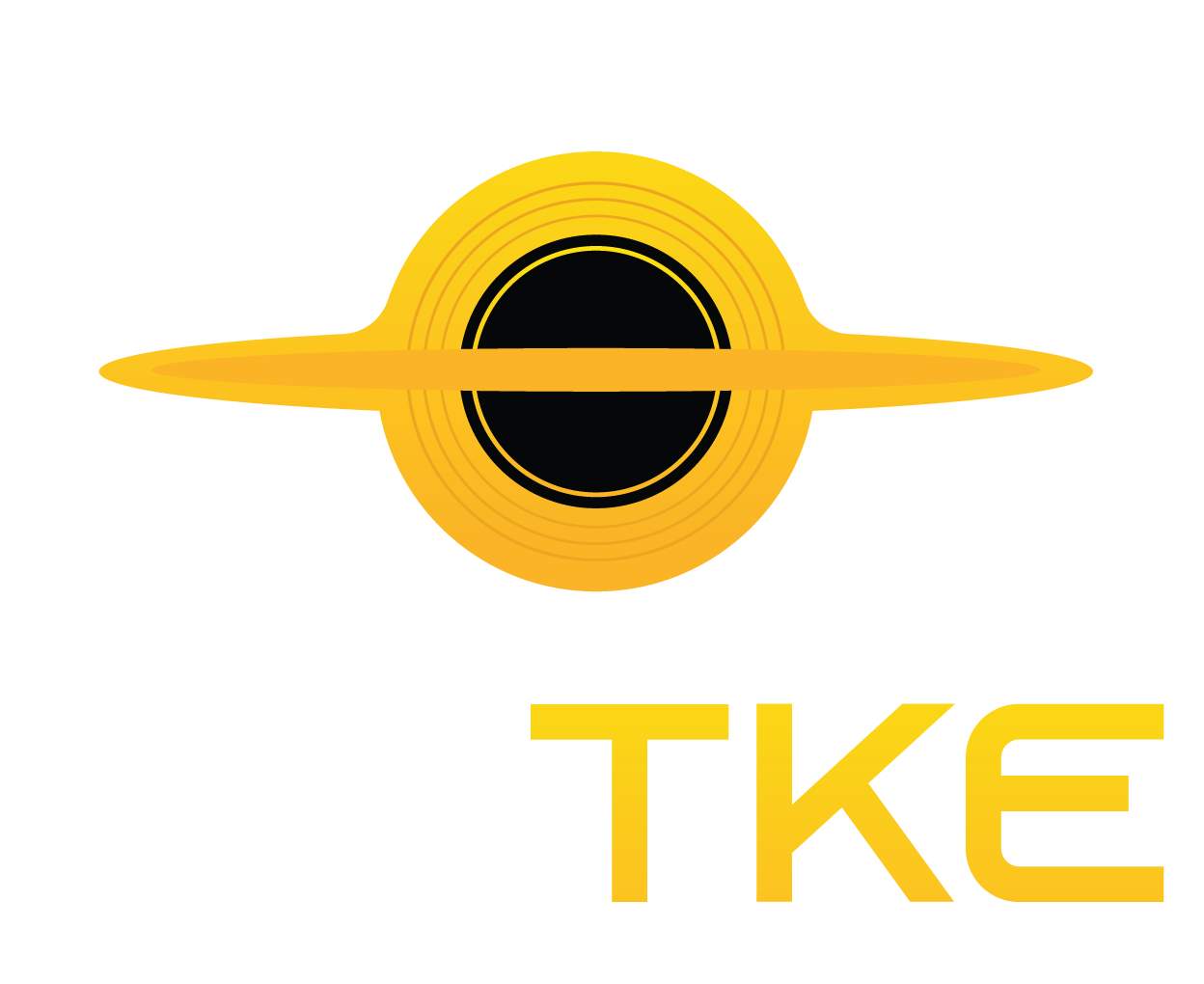Humans as Hardware: Harnessing Biological Tissue for Computing

Most computers rely on microchips, but what if the most powerful computational tool has been within us all along? As surprising as it may seem, a future where human tissue plays a direct role in computing could be closer than we think.
In a study published in IEEE Access, Yo Kobayashi from the University of Osaka’s Graduate School of Engineering Science demonstrates that living tissue can process information and solve complex equations—just like a computer.
This breakthrough builds on the concept of reservoir computing, where data enters a dynamic system, or “reservoir,” capable of encoding intricate patterns. A computational model then translates these patterns into meaningful outputs using a neural network.
Human Tissue as a Computational Reservoir: A Groundbreaking First
“Common reservoirs include nonlinear dynamical systems like electrical circuits or tanks of fluid,” explains Kobayashi. “However, few studies have explored living organisms as reservoirs, and none until now have used in vivo human tissue.”
To test this idea, Kobayashi had participants generate biomechanical data by bending their wrists at various angles while ultrasound images captured the resulting muscle deformations. These data points formed a biophysical reservoir capable of processing information.
“An ideal reservoir requires both complexity and memory,” says Kobayashi. “Since soft tissue naturally exhibits stress-strain nonlinearity and viscoelasticity, muscle tissue meets these criteria effortlessly.”
Biophysical Reservoir Surpasses Traditional Models in Complex Equation Solving
In benchmark tests, the biophysical reservoir outperformed standard linear regression models when solving complex nonlinear equations, demonstrating significantly higher accuracy.
This innovation could have exciting applications, particularly in wearable technology. “In the future, our own tissue might serve as a built-in computational resource,” Kobayashi suggests. “A wearable device could offload calculations to muscle tissue, boosting performance.”
With this proof of concept established, Kobayashi now aims to scale up the model for more advanced computations and explore other biomaterials for reservoir computing. If his research progresses, we may soon witness a shift from machine learning to organic learning, where biological systems redefine computation itself.
Read Original Article: TechXplore
Read More: AI’s Influence on Jobs: A Controversial Tech Debate










